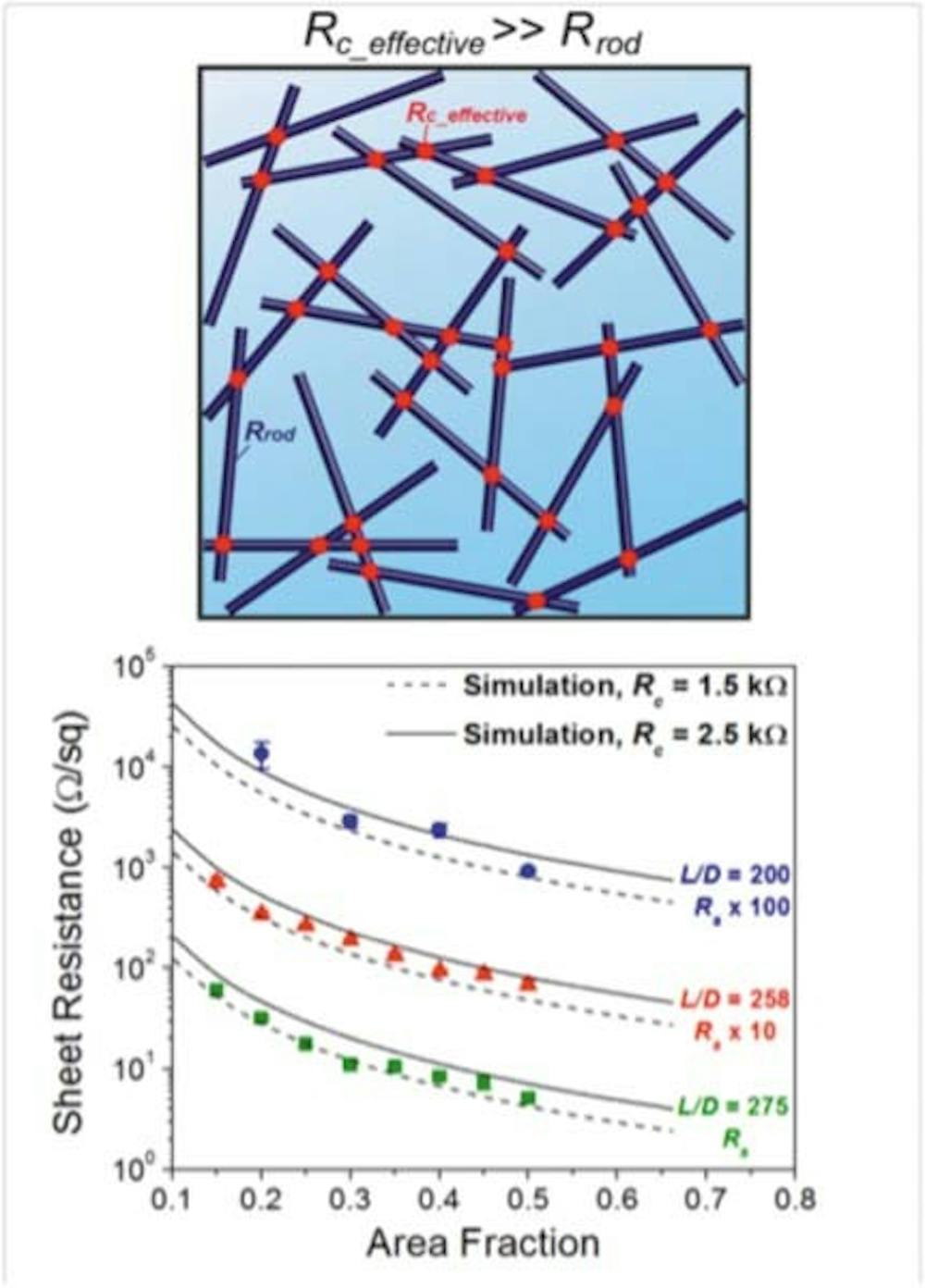Imagine a portable solar panel that can be rolled up like a yoga mat, or a car dashboard that is entirely a touch screen.
Recent discoveries by researchers at Penn and Duke University have made such technologies feasible by creating a model that successfully simulates the behavior of silver metal nanowires, which are extremely thin metal wires that can be used in touch screen and solar technology.
Currently, these nanowires are not widely used, said Rose Mutiso, the lead author on the research publication and a former graduate student at Penn. “ITO is the industry standard.” ITO, or indium tin oxide, is the expensive and brittle material that makes up most touch screens, and it is one of the reasons why iPhones are so expensive and breakable.
Related: Newly invented circuit uses sunlight to self-charge
In contrast, touch screens made with metal nanowires are not only cheaper, but also more flexible.
The main barrier to using nanowires has been the inability to effectively control and predict the two most important factors for a metal nanowires touch screen — the electrical resistance and the transparency of the screen.
With the new computer model, however, the Penn researchers have been able to “describe an approach to metal nanowires that is thoughtful and predictive,” said Karen Winey, one of the researchers and an Engineering professor.
Benjamin Wiley, the chemistry professor at Duke who provided the metal nanowires, said that before these new simulation methods, creating the optimum metal nanowire system required laborious guessing and checking. “But with Karen’s model, it takes like a second.”
Wiley is enthusiastic that the feasibility of metal nanowire touch screens “will help make touch [screens] cheaper and more ubiquitous.”
Wiley also emphasized the implications metal nanowires have for solar power, suggesting one day a student will be able to unroll a solar panel charger and “sit on the button by Van Pelt” to do work on a laptop.
Related: Penn Med and SEAS professors awarded $1.5M to fund ‘unconventional’ research approaches
However, Mutiso is doubtful of the future ubiquity of metal nanowire touchscreens. “I definitely see ITO remaining the dominant player.”
Mutiso does point out that metal nanowires allow for more innovative applications of touchscreens, such as “displays that conform to surfaces that are not flat,” including buildings, furniture and car interiors.
“People want touch,” Wiley said of current technological trends. “We want touch everywhere.”




